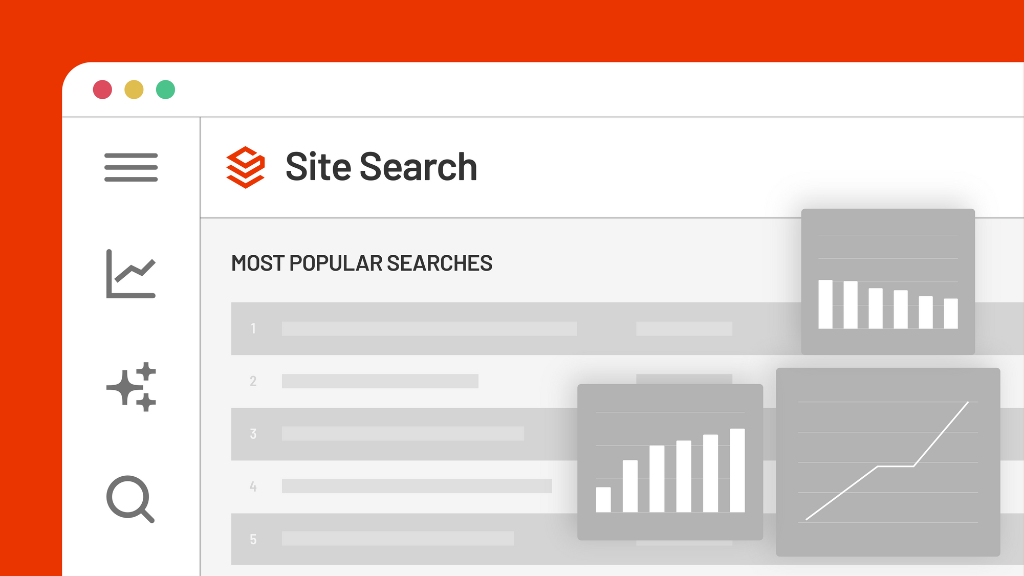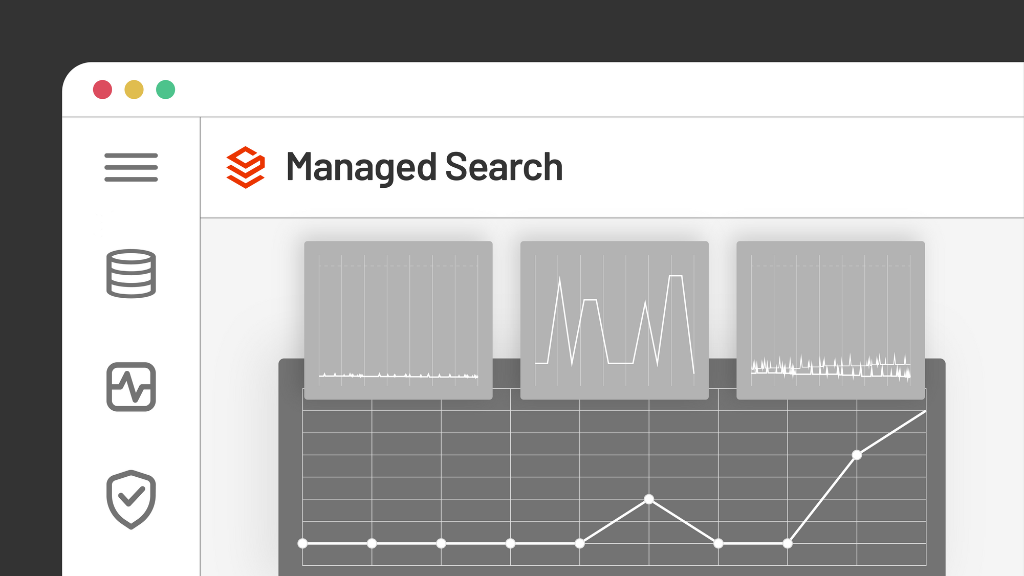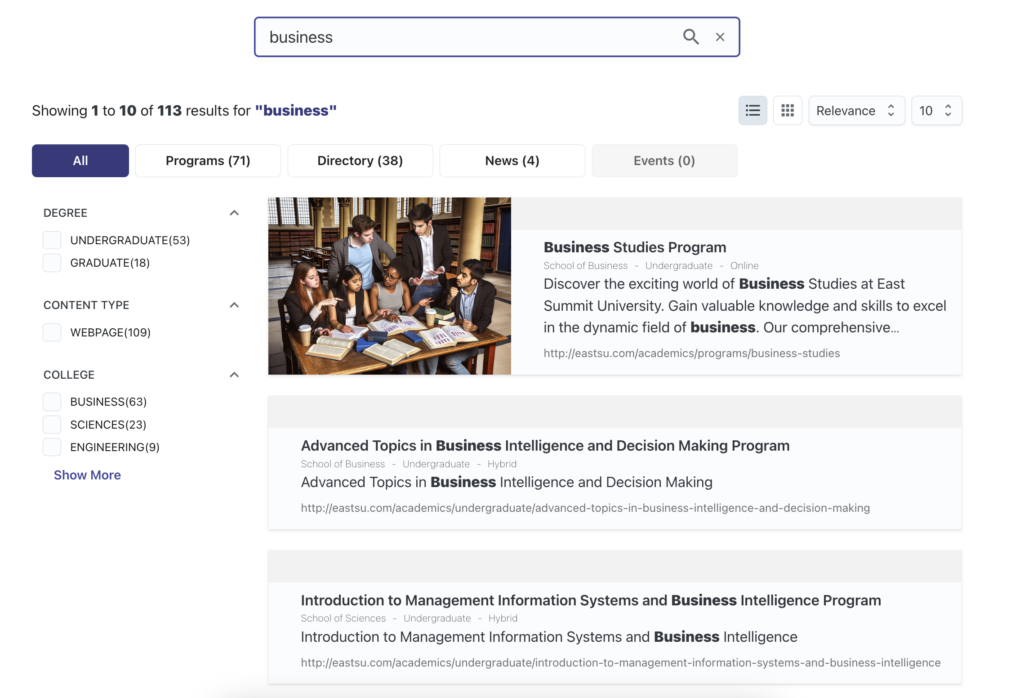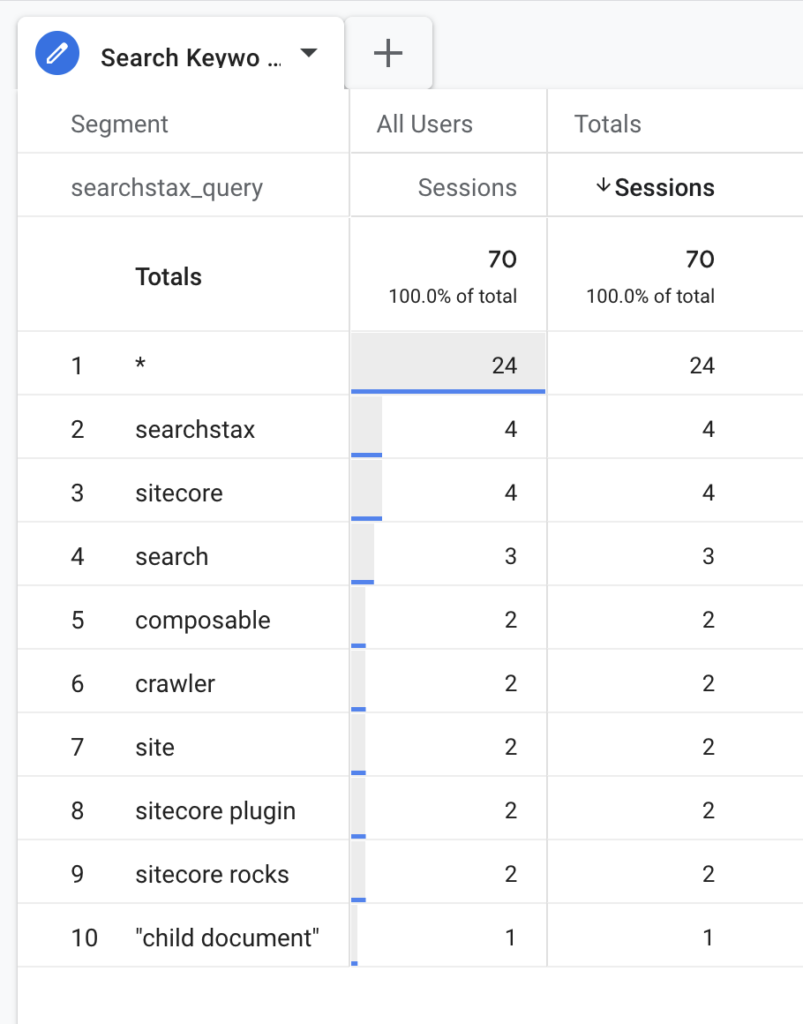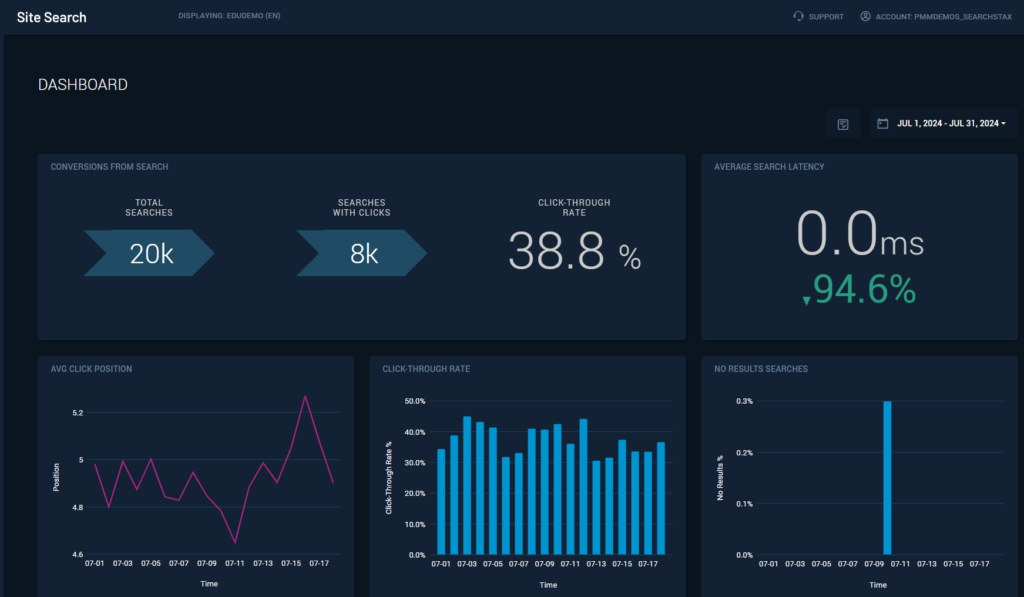While GA4 Site Search analytics is powerful and integrates seamlessly with other website analytics, it has limitations compared to other site search solutions. Here are the advantages of using a dedicated site search tool:
1. Depth of Search-Specific Insights
Dedicated site search solutions offer deeper analytics tailored specifically to search behavior. For instance, they provide detailed insights into ranking performance, click-through rates for individual results and relevance metrics.
GA4 focuses on broader user behavior and lacks specialized reporting on how well search algorithms meet user needs.
2. Advanced Relevance and Ranking Analytics
Dedicated search solutions allow you to analyze and adjust relevance tuning, such as understanding why certain results rank higher or refining algorithms to prioritize specific content. SearchStax Site Search solution allows you to make adjustments easily in a matter of a few clicks.
GA4 doesn’t provide this level of granularity, leaving gaps in optimizing search performance.
3. Personalization Insights
Dedicated site search solutions often provide robust personalization capabilities, such as tracking individual user preferences or tailoring search results based on behavior.
GA4 aggregates data and lacks the personalization-focused metrics that a dedicated solution might offer.
4. Customization for Reporting
While GA4 offers customizable dashboards, dedicated site search tools typically provide pre-built, search-specific reports and visualizations that are more directly actionable for improving search functionality. SearchStax Site Search dashboard is optimized to inform fast action for marketing and digital experience professionals.
Building equivalent reports in GA4 may require significant manual setup and customization.
5. Query-Level Analysis
GA4’s search analytics often focus on aggregate metrics, while dedicated solutions allow granular analysis of individual queries, including no results searches, user intent and query reformulation trends.
6. Integration with Search Indexes and Tools
Dedicated search solutions integrate directly with search indexes and management tools, allowing administrators to tune indexes, add synonyms and manually curate results. SearchStax makes this process easy, allowing users to promote items with a few simple clicks and speeds up synonym curation with AI-powered Smart Match assist.
GA4 does not interact directly with the search engine, limiting the ability to implement immediate changes.
7. No Direct Feedback Loop
Dedicated solutions often incorporate user feedback loops, such as click tracking that feeds directly into relevance models.
GA4 provides data but requires separate workflows to implement feedback-based adjustments. This can be a heavy lift for non-technical users in marketing and digital experience teams who have to wait on IT/development team members to configure these settings.
